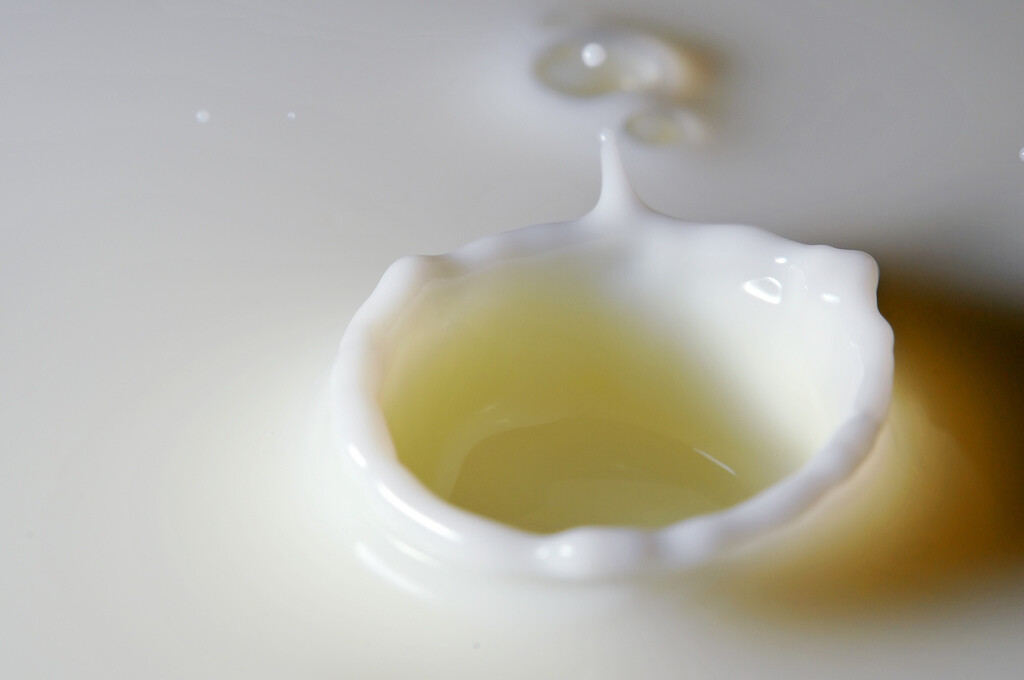Mobile Menu
- About Us
- Research
- Education
- Policy & Data
- News
- Resources
- Giving

If you have high blood sugar, there is a new question to ask yourself: got milk?
Researchers in the Department of Nutritional Sciences have reported that a type of saturated fatty acid found mostly in dairy products — known as pentadecanoic acid, or 15:0 — is associated with lower risk of type 2 diabetes. While it’s not yet clear why 15:0 is effective, this research links 15:0 to improvements in the body’s ability to produce insulin.
Professor Anthony Hanley, researcher at the Centre for Child Nutrition, Health and Development, and Ingrid Santaren, a PhD student who led the research in collaboration with colleagues from the Insulin Resistance Atherosclerosis research group, have detailed their findings in a new paper released in the American Journal of Clinical Nutrition online, which will be published in the journal’s December edition.
They spoke with writer Erin Howe about why there may be a new reason to enjoy a glass of milk or a wedge of cheese.
How does this saturated fatty acid impact the body’s production and use of insulin?

AH: With type 2 (or adult onset) diabetes, there are two things we’re concerned about. The first is insulin resistance, when the body can’t use its own insulin efficiently and the pancreas has to produce more of it to do the same job. The second concern is the pancreatic beta cells’ inability to make enough insulin to meet the growing demands for the hormone.
IS: We don’t know the mechanism that leads to it, but in participants who have higher levels of 15:0 in their blood, there is better beta cell functioning.
Does this mean we should embrace full-fat milk products?
AH: We can’t conclude from this study that we should be saying, “Pass the butter; pass the full fat cheese.” Our research showed 15:0 was related to the consumption of both high- and low-fat dairy products, suggesting that 15:0 may be a very good biological marker of people’s dairy consumption. This leads us to believe dairy products in general seem to have a beneficial relationship with diabetes.
Does this mean some saturated fats could be healthy?
AH: Existing nutritional guidelines recommend low-fat dairy products as part of a healthy diet. Traditionally, saturated fats were thought to raise bad cholesterol and lead to poor health outcomes. But as we learn more about saturated fat, that thinking is changing. Recent research shows that not all saturated fats are bad, and some (including those found specifically in dairy products) may offer benefits that help prevent cardiovascular disease and diabetes.
How difficult is it to measure something like diet?

AH: Diet is notoriously hard to measure compared to other risk factors. Asking people to recall their diets is very difficult given the complexity of both food and the human behaviors that surround eating. Biomarkers that reflect specific parts of the diet can help provide a better sense of the relationship between those foods and various health outcomes.
IS: Because 15:0 is not made by the human body, the amount of this saturated fatty acid in the bloodstream reflects dairy consumption. It’s a biomarker mainly derived from dairy products.
How are you continuing this research into the future?
IS: We are now looking at a much broader spectrum of dairy specific fatty acids. Our new study (in collaboration with Professor Richard Bazinet in our department) will focus on a Canadian cohort that we are actively following, tracking changes in diabetes status, insulin resistance and beta cell dysfunction over a six-year period.
AH: Future research also needs to explore dairy’s complexity because there are full- and low-fat products as well as fermented dairy products like cheese and yogurt. The production process of fermented dairy products involves bacterial activity, which might be linked to improved gut health through beneficial impacts on the gut microbiota.
(Photo: Milk sculptures by Tambako The Jaguar via Flickr)
